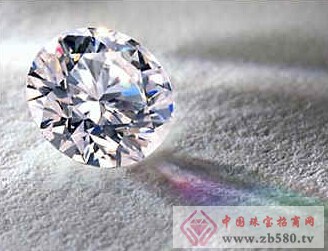With the advancement of society and the development of science and technology, coupled with the preciousness of natural diamonds and the close relationship with human beings, we have tried our best to find alternatives, which has the emergence of synthetic diamonds. What exactly is a synthetic diamond?

Synthetic diamond is a polycrystalline diamond crystallized from diamonds with a diameter of 10 to 30 nanometers. The early synthetic diamonds have a light syrup color due to the nitrogen atoms in the air entering the diamond crystals. The synthetic diamond produced has no difference in appearance from the natural diamond. Due to the different generation environment, the molecular structure of the synthetic diamond is not a complete octahedral structure of the natural diamond but a complex structure, which causes phosphorescence. With the maturity of synthetic diamond production technology, its low cost, and the ability to produce diamonds of various colors and emerged in the jewelry market.
Although synthetic diamonds from laboratories or factories have been around for decades, synthetic diamonds with gem quality have only recently emerged. Originally, artificial diamonds were mainly used in industrial applications such as cutting tools, but they are now also used in jewelry.
The rule of fair trade requires the rhinestone dealer to truthfully state the quality of the sale at the time of sale and to describe it in generally accepted terms such as "synthetic", "artificial" or "laboratory manufacturing". Almost all synthetic diamonds are of the Ib type, and this type accounts for less than two percent of natural diamonds. There is a less expensive device that can validate type Ib diamonds, but to determine if a diamond is synthetic, it relies on the testing of qualified gemstone laboratories.
In 1954, synthetic diamonds were successfully synthesized for the first time. At that time, a group of general electric company researchers created a diamond in the laboratory. They mimicked the environment in which diamonds were formed in nature, giving them extreme heat and pressure. Also in the 1950s, another method of making synthetic diamonds was developed. This method, called chemical vapor deposition (CVD), removes carbon from carbon at very low pressures and relatively low temperatures. The mixed gas is deposited as a diamond matrix.
Girl's Knitted Ponchos And Capes
Nanjing Textiles Import & Export Corp., Ltd , https://www.knitwearx.com